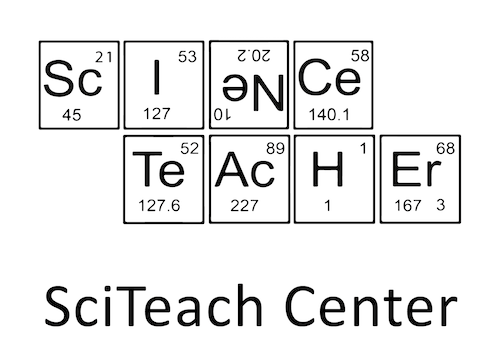In response to the Covid-19 crisis, the SciTeach team has developed activities to engage children and families in discovering science phenomena together. The team welcomes feedback and invites photos of children’s and families’ at-home science explorations, which can be sent to sciteach@uni.lu.
Discover your world!
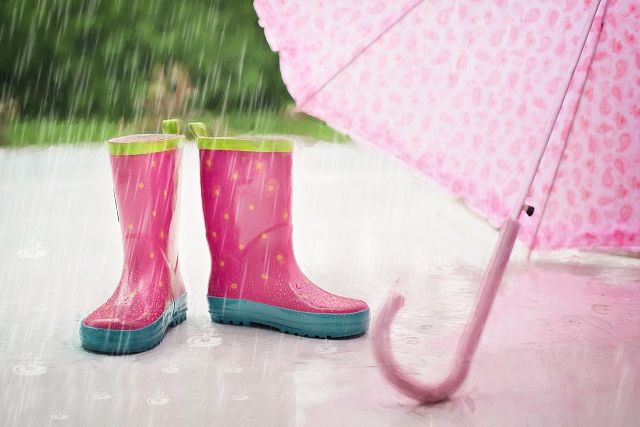
Weather observations
Keep a weather journal to track the weather over time and document changes each day. There are several things that can be recorded consistently each day, which can help to notice patterns over time. For example:
- How does the sky look? Is it sunny? Rainy? Windy? Cloudy?
- What is the air temperature? Record the temperature at approximately the same time every day (with a thermometer or via the internet).
- What is the impact of current weather conditions? Are there changes in what you see in the street due to weather? (Branches fallen, puddles of rain?)
Look back at your weather journal after a week of recording. What patterns do you find in the weather of the week? What differences can you note?
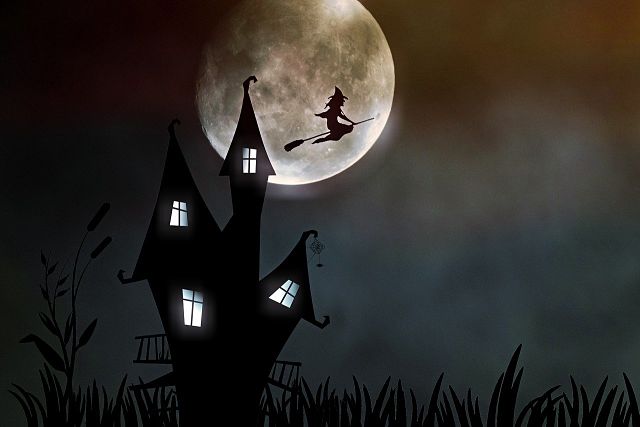
Night sky observations
Observe the moon and stars over multiple days, ideally at a similar time each day. Focus on the moon especially, and document each day what you notice.
- Sketch a drawing of the moon as you observe it, and include other noteworthy objects in the sky.
- Describe the differences in appearance or location from day to day or week to week.
- Try to count how many stars you see. Are there any grouped in a pattern that you can recognize and look for another time?
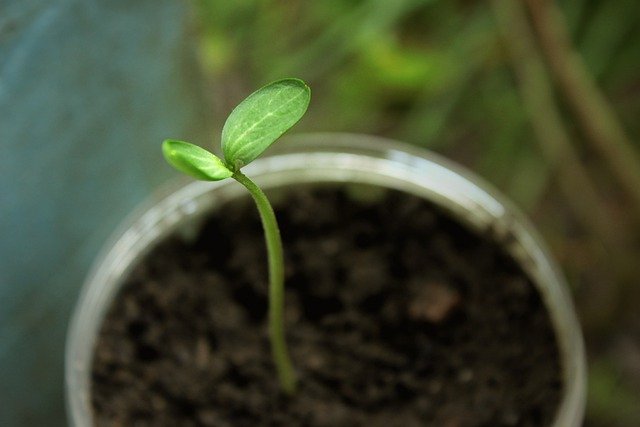
Sprouting seeds
Watch a seed grow! It can be a garden seed but you can also use a dried bean that is used for cooking and eating.
- Put a few seeds on a piece of wet paper towel and place in a clear plastic baggie so you can see what happens as the seedlings sprout.
- Observe the seeds each day, and document and describe what you see. What changes do you notice over time?
If you have soil available you can also plant a few seeds in a pot at a sunny window and observe the seedlings growth over a longer time.
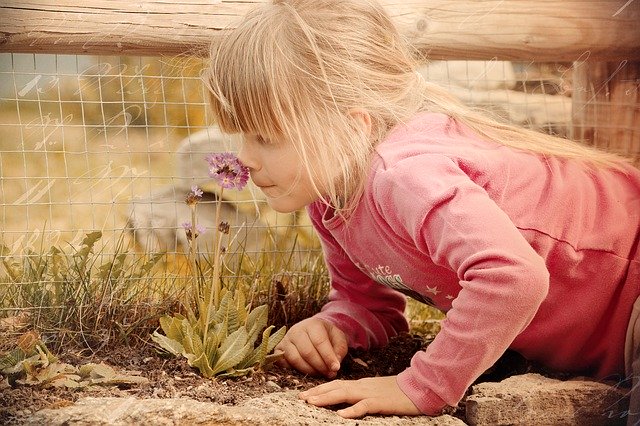
Five senses scavenger hunt
Find:
- something that makes a crunch sound
- something that tastes sour
- something that smells good
- something smooth
- something that smells bad
- something that tastes sweet
- something that sounds loud
- something long
- something soft
- something quiet
- something rough
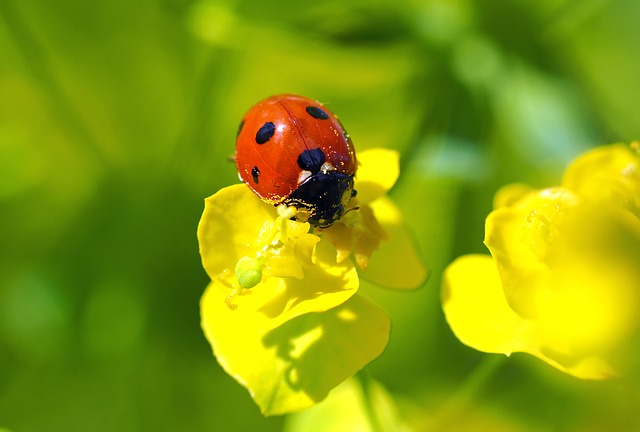
Backyard scavenger hunt
Find:
- Three kinds of leaves
- Something yellow
- A bug that is red
- Something that smells good
- Something that is round
- Three different birds
- Something that crawls
- Something that flies

Inventor scavenger hunt
Find:
- Something that you can turn
- Something that is bumpy
- Something you twist
- Something shiny
- Something you can roll
- Something tube shaped
- Something squishy
- Something clear
- Something that can bounce

Challenge yourself!
Try to meet and document (draw, describe, and / or take a photo) the following challenges:
- The tallest structure you can build (inside /outside)
- A new use for an old thing
- A unique snack
- A raft that can float in the sink and hold (something…)

Challenging questions!
Take a close up photo of something and have someone try to identify it. Ask “20 questions” to help with the identification.
Interested in exploring more science phenomena at home? We have developed Laborjournale that you can use to guide your investigations. You can print these out or use a separate notebook and refer to the questions as a guide for your own investigations: Science Notebook-m&m’s, Science Notebook-WATER
All images on this page courtesy of www.pixabay.com.

